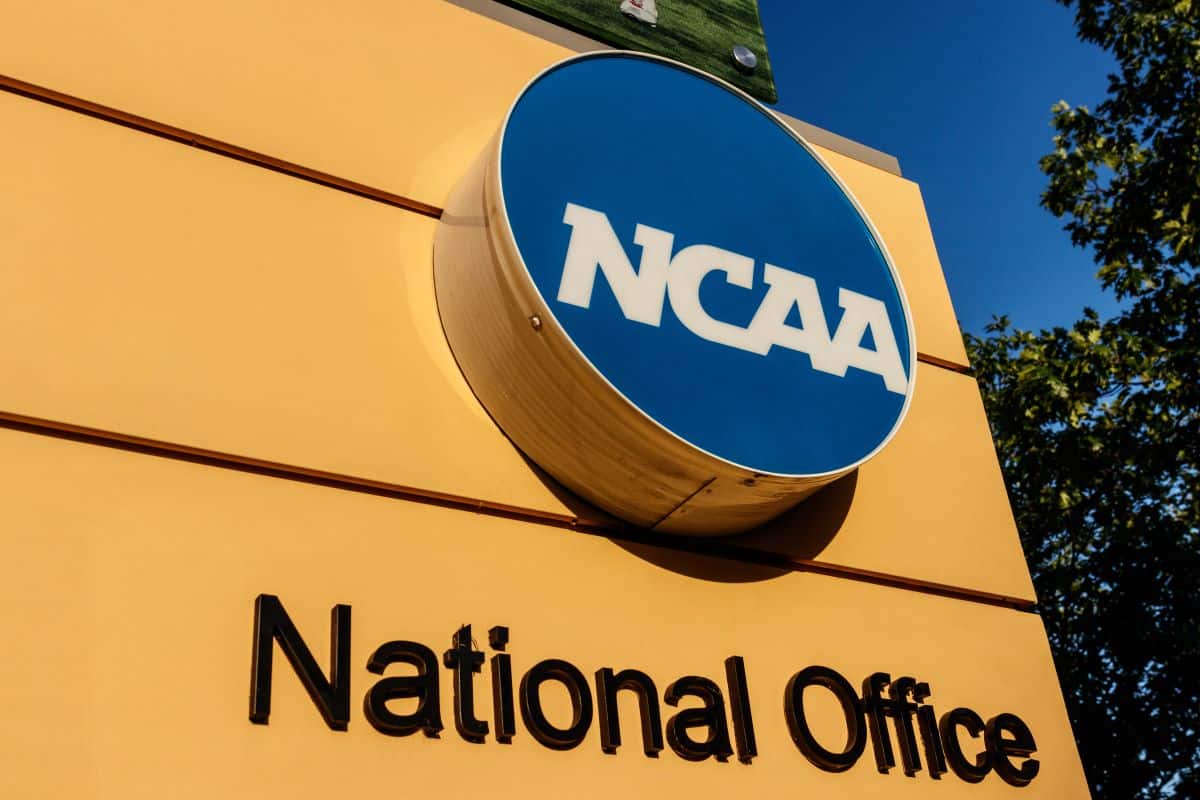The NCAA is on the cusp of settling a historic lawsuit that could signal a large payday for thousands of student athletes.
Potential Billion Dollar Settlement
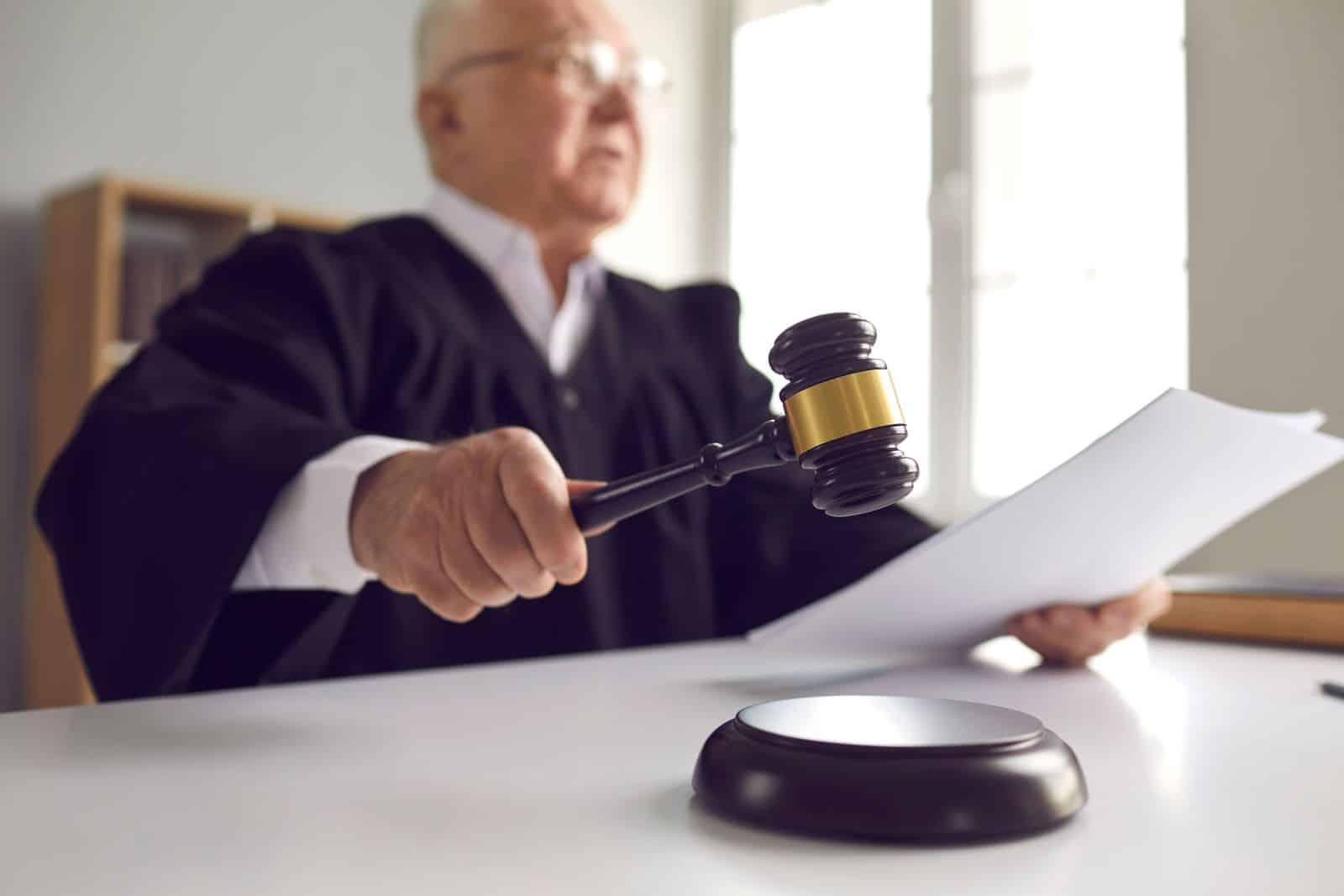
Student-athletes across the US could be looking at hefty payouts from the National Collegiate Athletics Association, after the association moved to settle three antitrust lawsuits.
NCAA and the ‘Power Five’
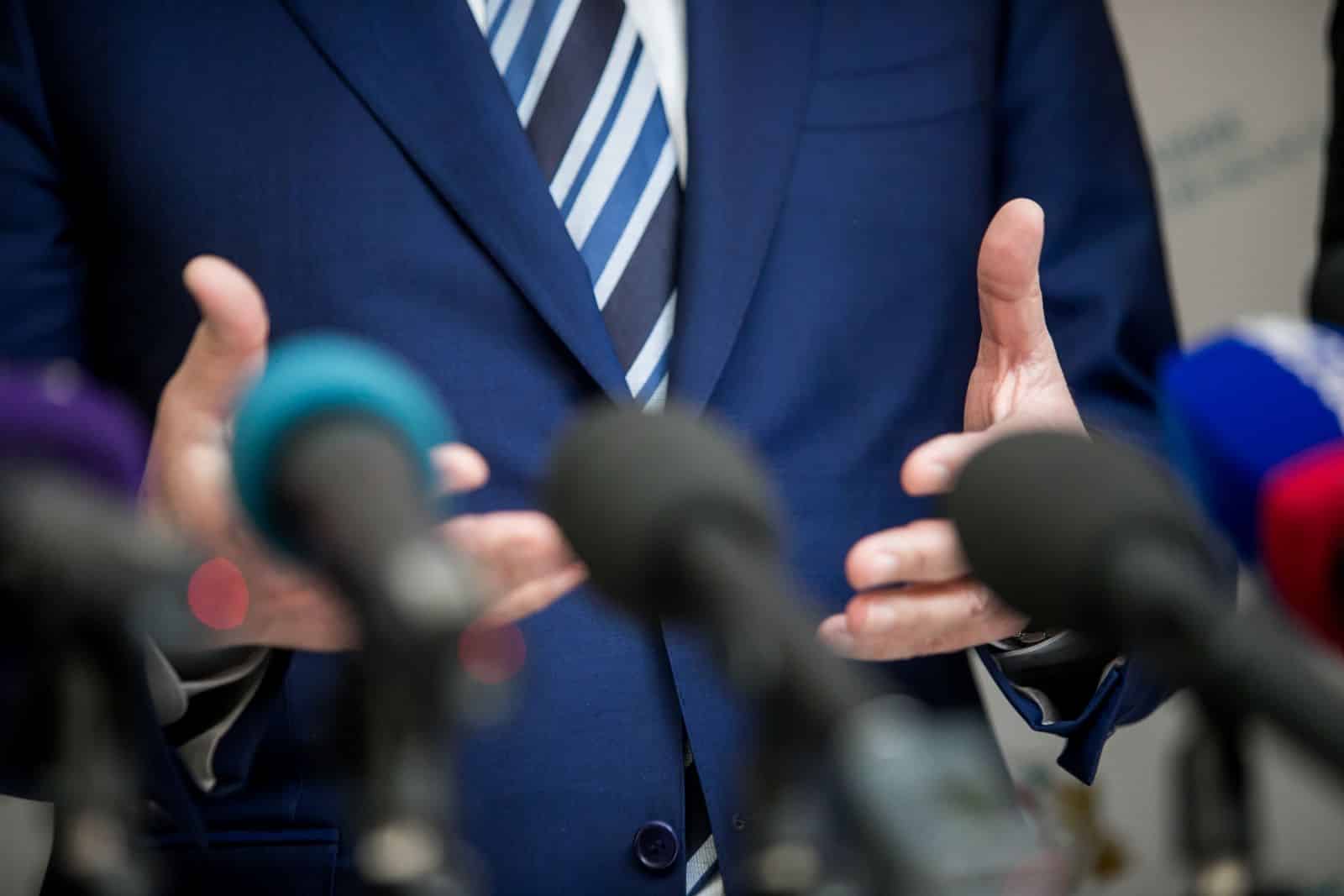
The NCAA announced an agreement alongside the five biggest collegiate conferences in the country, known as the ‘Power Five,’ with the stipulation that it would pay out $2.7 billion in damages over the next 10 years.
Waiting to be Approved
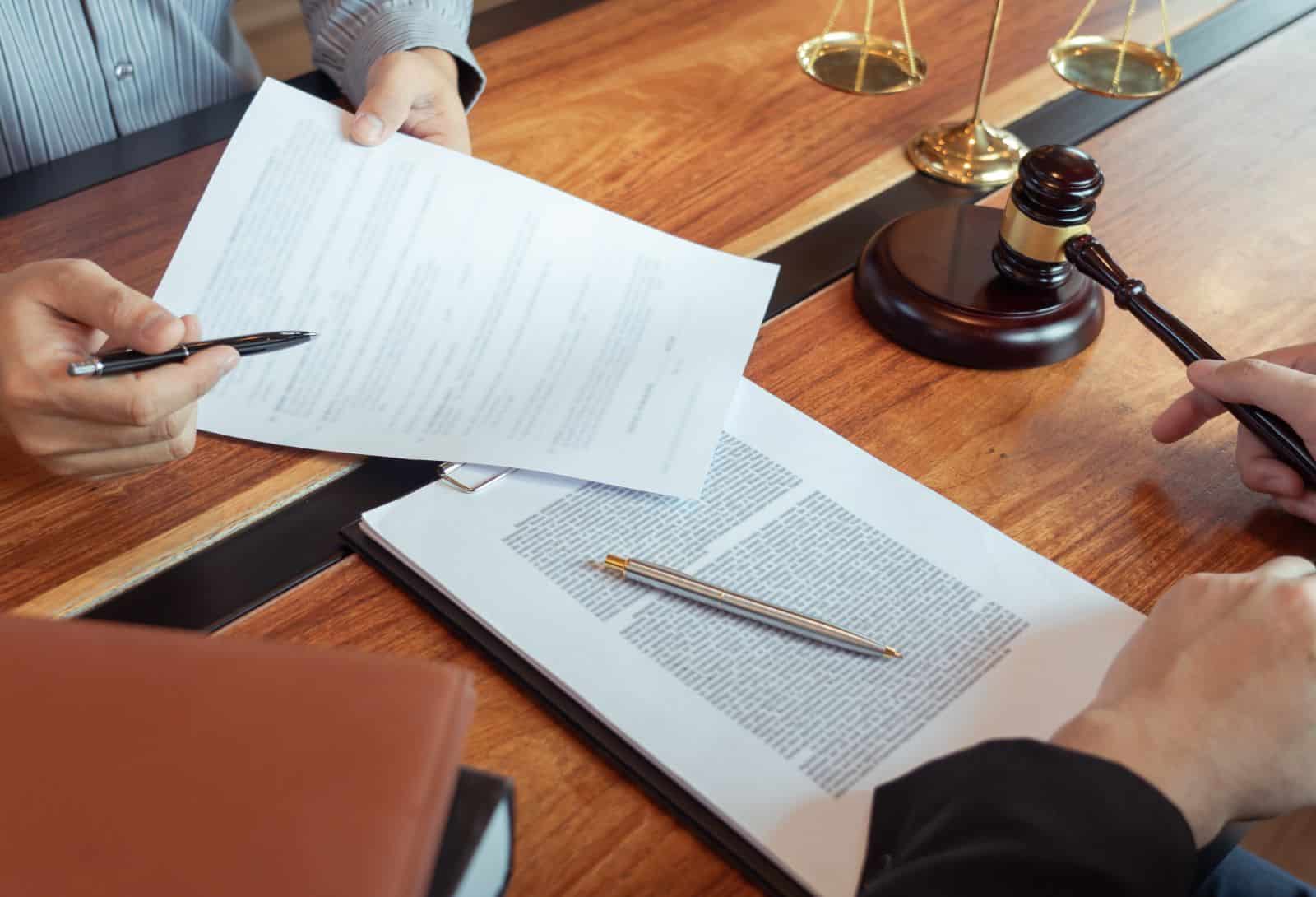
While the settlement has yet to be approved by the California judge presiding over the case, if it is approved thousands of current and former college-level athletes could be eligible for potential million-dollar paydays.
Sued by 14,000 Athletes

The NCAA and these five conferences were sued by a group of 14,000 plaintiffs, all former and current students who were enrolled as college athletes between the years of 2016 and 2020.
First Filed in 2020

The complaint was first filed in 2020 in Northern California by Grant House and Sedona Prince. House was a former swimmer for Arizona State, and Prince was a current basketball player for Texas Christian University.
Withholding Opportunities

Both athletes accused the NCAA and the ‘Power Five’ – the Pac-12, Big Ten, Big 12, Southeastern, and Atlantic Coast – of withholding paid endorsements and stunting outside payment opportunities for their players.
Former NCAA Bylaw

The association did so via a bylaw that “specifically prohibits athletes from receiving any remuneration for value or utility that the student-athlete may have for the (outside) employer because of the publicity, reputation, fame or personal following that he or she has obtained because of athletics ability.”
March Madness Billions
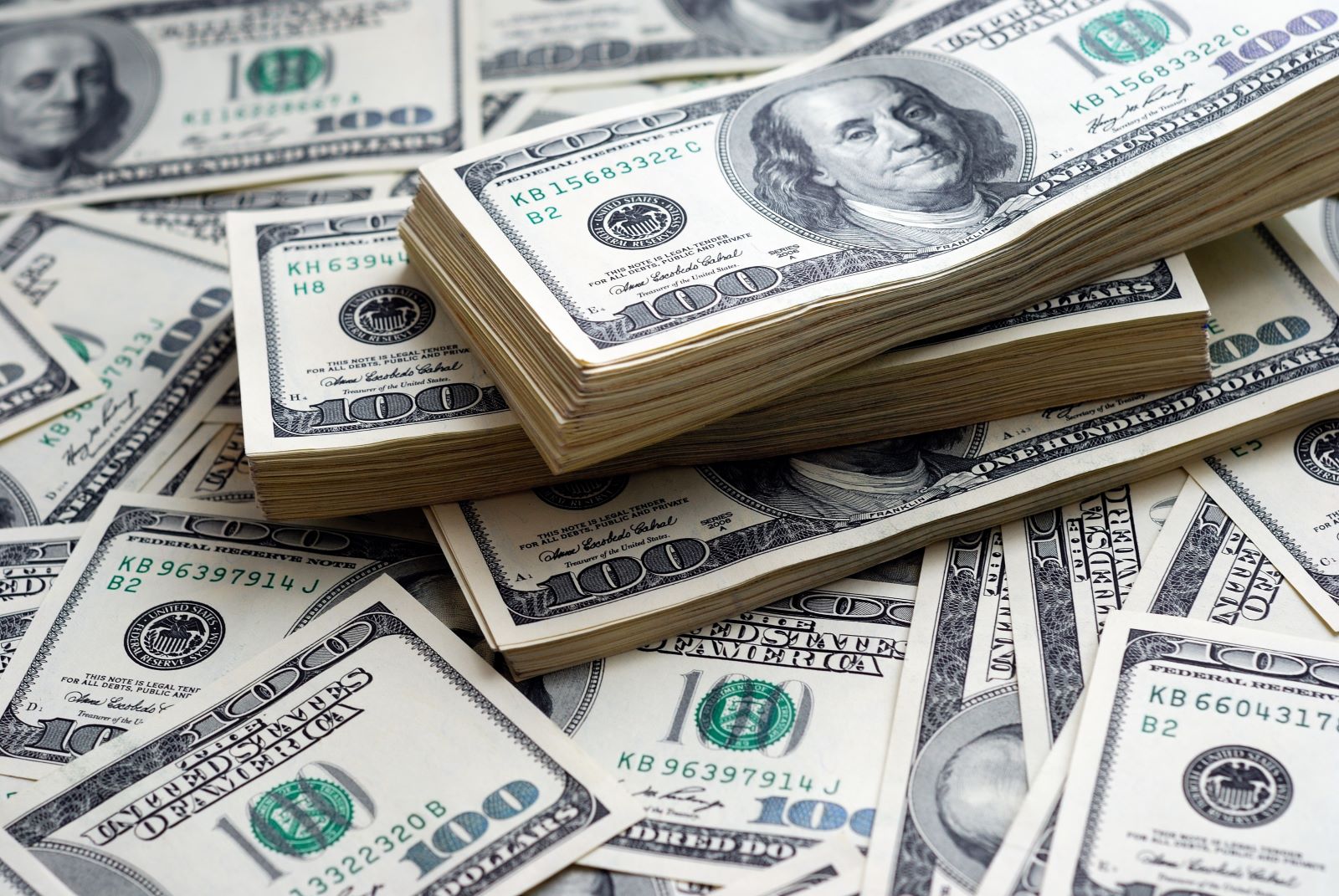
In particular, the case focused on the March Madness basketball tournament, which was granted a media coverage extension worth $8.8 billion by the NCAA. It also called for backdated payments on wrongly withheld earnings.
Historic Moment for College Athletes

Challenges to the settlement are still possible, but the lawsuit marks another historic moment for college athletes, who first won the right to earn money from their name, image, and likeness back in 2021.
“Bringing College Sports to the 21st Century”

“This landmark settlement will bring college sports into the 21st century,” said Steve Berman, an attorney on the case. “With college athletes finally able to receive a fair share of the billions of dollars of revenue that they generate for their schools.”
Long-Deserved Compensation for Students

“Our clients are the bedrock of the NCAA’s multibillion-dollar business and finally can be compensated in an equitable and just manner for their extraordinary athletic talents,” he continued.
Who Gets Paid?

However, it has also sparked some interesting questions. If the settlement is approved and the billion-dollar fund is established, exactly who gets paid? And how much?
Beginning in 2025

The plan would begin around fall 2025, and we know that more than 14,000 plaintiffs involved would be eligible for payment.
Two Options Going Forward

It may be up to the NCAA to dictate how the payments are apportioned, and if so, payment decisions will likely go one of two ways, according to sports marketing professor Tom Derdenger, of Carnegie Mellon University.
Direct Transfer to Colleges

The funds could be sent directly to the relevant universities involved in the lawsuit, and it would be up to the administration or a hired third party to decide who gets paid what.
NCAA Makes the Call?

Otherwise, the NCAA will decide directly, and may even consider splitting the $2.8 billion evenly amongst all 14,000+ plaintiffs.
10-Year Revenue-Sharing Plan

As part of the settlement, a 10-year plan will also be instituted entitling athletes to 22% of the money their respective universities earn from ticket sales and broadcasting each year.
No Longer Able to Sue

According to ESPN, sources say that any athletes who accept a share in this 22% will be legally barred from participating in any further anti-trust suits filed against the NCAA in the future.
All Complaints Could be Dropped

Participating athletes must also drop any complaints and involvement with the three ongoing antitrust cases.
Potential Ramifications for College Programs

While many student-athletes and their families are watching the case unfold with bated breath, others worry that the changing payment structure of collegiate sports could have major financial ramifications for less prolific college programs.
Featured Image Credit: Shutterstock / Jonathan Weiss.
The content of this article is for informational purposes only and does not constitute or replace professional financial advice.
The images used are for illustrative purposes only and may not represent the actual people or places mentioned in the article.

